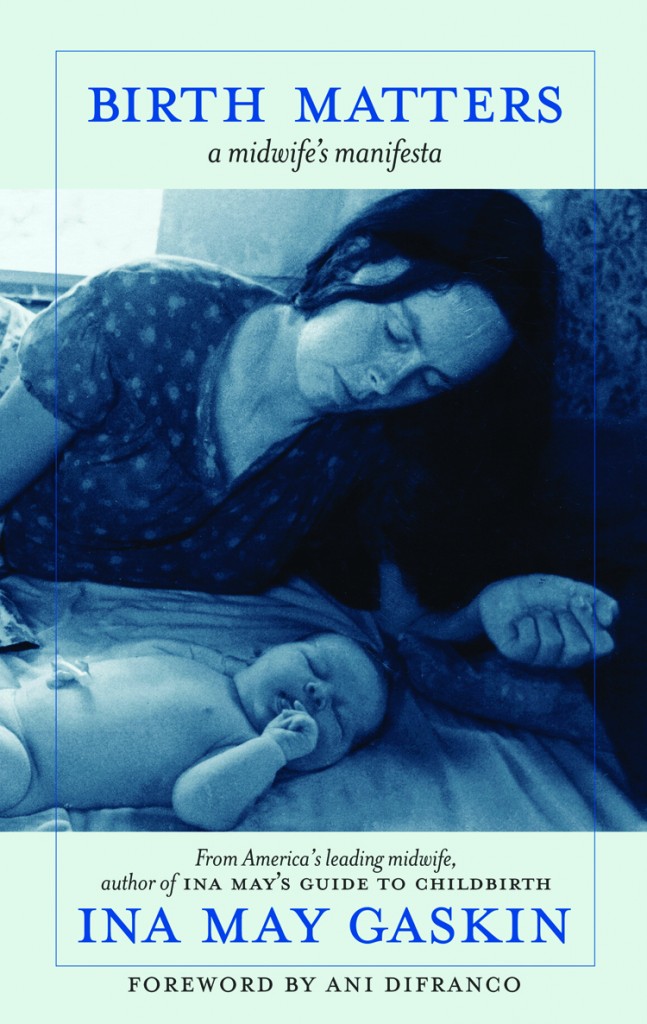I was simply delighted when I received a request to review Ina May’s new book Birth Matters. As a fan of her work, I wondered if this book would just rehash information and ideas from her previous books. I hoped that we would finally get a better glimpse into her thoughts on the current state of birth in our culture and a better understanding of her teachings and findings. In the back of my mind, I feared that this would be just another book about natural childbirth.
I applaud the title of this book, Birth Matters; It seems so clear and simple. It sums up perfectly the message that Ina May and many other influential voices have dedicated their lives to bring to the world. In this manifesta, it will be made clear to you that Ina May does not do this work for money or fame, but because she cares about women and babies, whose lives are on the line.
Ina May has a vision. That vision is that outcomes for women and babies would be put first and foremost in America and that US maternal outcomes would be reported accurately. It doesn’t seem like too much to ask, does it? Ina May tells us why this isn’t happening, and more importantly what needs to be done to fix it.
Birth Matters tells the story of how we view birth. At the core of who we are as a society is the way in which babies are being born and how women feel about the process.
Ina May stresses the importance of passing on birth stories, and how this simple act can help shape a healthy birth culture. She includes birth stories in this book as well; What Ina May book would be complete without them?
She gets straight to the heart of the problems in our birth culture, e.g., our shame at the intimacy of birth, our ignorance and willingness to ignore the simple physiology of natural birth and it’s connection with other innate bodily functions and our denial of midwifery’s impact on healthy birth outcomes and family relationships.
Dedication and research shine through in her attention to detail. She offers insights into the history of midwifery in the United States and those she refers to as “medical men”; How this history has shaped our current views and practices in maternal care. References are cited well, but it’s Ina May’s thoughts and opinions, not facts and figures, that make this book worthwhile.
While reading, one question remained. What did Ina May propose that we do about all of this? She presented a lot of problems, but did she have a solution? I am happy to report that Ina May does propose real solutions so that you and I can take action immediately. Read this book only if you want to shed light on the problems with our current birth culture and want to see real, lasting change.




